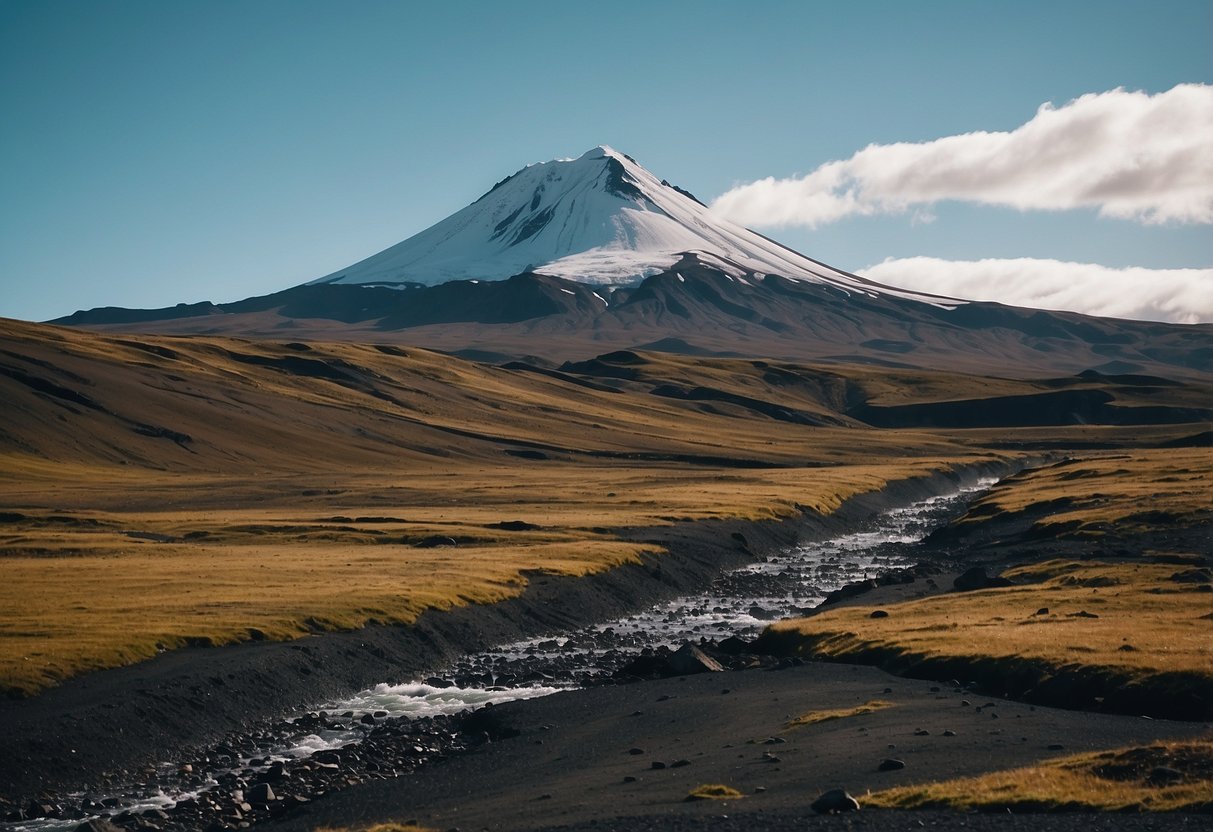
Iceland, often referred to as the “Land of Fire and Ice,” offers an unparalleled fusion of natural wonders that captivate travelers from around the globe. Its diverse landscapes include active volcanoes, sprawling glaciers, and geothermal hot springs, all contributing to its unique allure. Tourists visiting Iceland can experience a rare combination of fiery volcanic activity and serene glacial formations, making it a destination unlike any other.
The country’s volcanic activity is a prominent feature, with numerous active and dormant volcanoes dotting the landscape. This geological activity not only shapes the land but also generates natural hot springs and geysers, which are popular attractions for visitors. Meanwhile, Iceland’s glaciers, such as Vatnajökull, demonstrate the raw power and beauty of nature, offering breathtaking sights and opportunities for ice climbing and glacier hikes.
The contrast between these fire and ice elements creates dramatic and photogenic scenery that leaves a lasting impression. Visitors can traverse black sand beaches, stroll through lava fields, and marvel at cascading waterfalls. Iceland’s natural wonders provide an immersive experience in some of the planet’s most pristine and dynamic environments.
The Heart of Iceland’s Natural Beauty
Vatnajökull National Park, Jökulsárlón Glacier Lagoon, and the Majestic Ice Caves are prime representations of Iceland’s captivating natural beauty. These stunning locations showcase Iceland’s diverse landscapes, from towering glaciers to serene lagoons filled with icebergs.
Vatnajökull National Park
Vatnajökull National Park is a sprawling protected area that encompasses much of Vatnajökull Glacier. It stands as one of Europe’s largest national parks. Here, visitors can witness an astounding variety of landscapes, including glacial tongues, volcanic peaks, and expansive ice fields. The park also features rich flora and fauna, making it a hotspot for both wildlife enthusiasts and botanists.
An extensive network of hiking trails allows visitors to explore the park’s many features. Popular routes include hikes to the Vatnajökull Glacier’s edge and treks that traverse volcanic landscapes. Additionally, the park offers guided glacier tours for those looking to venture onto the ice. The synergy of fire and ice in this park creates a captivating backdrop for photographers and nature lovers alike.
Jökulsárlón Glacier Lagoon
Jökulsárlón Glacier Lagoon serves as the endpoint for icebergs originating from the Breiðamerkurjökull glacier tongue, an outlet of the Vatnajökull Glacier. This stunning glacial lake sits at the southern edge of Vatnajökull National Park. It is renowned for its deep blue waters dotted with floating icebergs of various shapes and sizes.
Boat tours are a popular way to experience the lagoon, offering an up-close view of the icebergs and the chance to encounter local wildlife like seals. The lagoon’s connection to the Atlantic Ocean via a short river means visitors may also catch sight of marine creatures making their way into the lagoon. The panoramic views from the shores are mesmerizing, reflecting the serene yet dynamic nature of Iceland’s glacial landscapes.
The Majestic Ice Caves
The Majestic Ice Caves, found within Vatnajökull Glacier, offer another spectacle of Iceland’s natural wonders. These caves, formed by melting ice and the movement of the glacier, display stunning ice formations and vivid blue hues that are spellbinding. Their translucent walls reveal intricate patterns and textures that continually change with the seasons and weather conditions.
Guided tours are essential for exploring these caves due to their ever-changing and potentially hazardous nature. Experienced guides provide a safe and educational journey through the icy passages, explaining the geological processes that shape the caves. Visiting in winter provides the best conditions, as the ice is more stable. The otherworldly experience of walking through these natural ice sculptures leaves a lasting impression on all who visit.